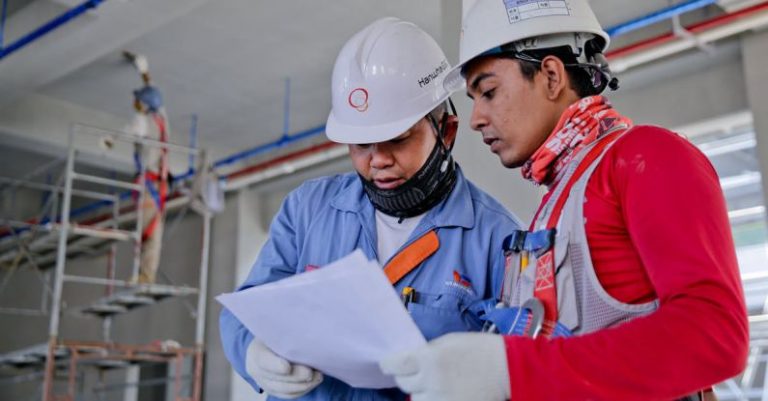Smart Composites: Integrating Sensors Within Construction Materials
In the world of construction, innovation is key to creating sustainable, efficient, and durable structures. One of the latest advancements in this field is the integration of sensors within construction materials, leading to the creation of smart composites. These revolutionary materials have the potential to transform the way buildings are constructed and maintained, offering a range of benefits that can improve safety, performance, and longevity.
Enhancing Structural Monitoring
Smart composites are changing the game when it comes to structural monitoring. By embedding sensors directly into construction materials such as concrete, steel, or polymers, builders can continuously monitor the health and integrity of a structure in real-time. These sensors can detect changes in temperature, strain, pressure, and other key indicators, providing valuable data that can help prevent potential failures and costly repairs.
Improving Safety and Performance
The integration of sensors within construction materials also holds great promise for improving safety and performance in buildings. For example, smart composites can detect structural weaknesses or damage early on, allowing for timely repairs and maintenance. In addition, these materials can provide valuable feedback on how a building is being used, helping architects and engineers optimize its design for maximum efficiency and comfort.
Creating Self-Healing Structures
One of the most exciting applications of smart composites is their potential to create self-healing structures. By incorporating materials that can repair themselves when damaged, buildings can become more resilient and durable over time. For instance, self-healing concrete can automatically fill in cracks or gaps that occur due to environmental factors or wear and tear, extending the lifespan of a structure and reducing the need for frequent repairs.
Enhancing Sustainability
Smart composites are also contributing to the push for more sustainable construction practices. By enabling real-time monitoring and diagnostics, these materials can help reduce energy consumption, waste, and carbon emissions associated with building maintenance. Additionally, self-healing structures can lead to longer-lasting buildings that require fewer resources for upkeep, further reducing their environmental impact.
Challenges and Future Directions
While the potential benefits of smart composites are vast, there are still challenges to overcome in their widespread adoption. Cost remains a significant barrier for many builders, as the technology required to produce these materials can be expensive. Additionally, issues related to privacy and data security must be addressed to ensure that the information collected by sensors is used responsibly and ethically.
Looking ahead, researchers and industry experts are exploring ways to make smart composites more affordable and accessible to a wider range of construction projects. Advances in material science and manufacturing techniques are helping to drive innovation in this field, with the goal of creating smarter, more sustainable buildings for the future.
In conclusion, the integration of sensors within construction materials is revolutionizing the way buildings are designed, constructed, and maintained. Smart composites offer a range of benefits, from enhanced structural monitoring and safety to self-healing capabilities and sustainability. While there are challenges to overcome, the potential for these materials to transform the construction industry is undeniable. As research and development in this field continue to progress, we can expect to see even more innovative applications of smart composites in the buildings of tomorrow.






